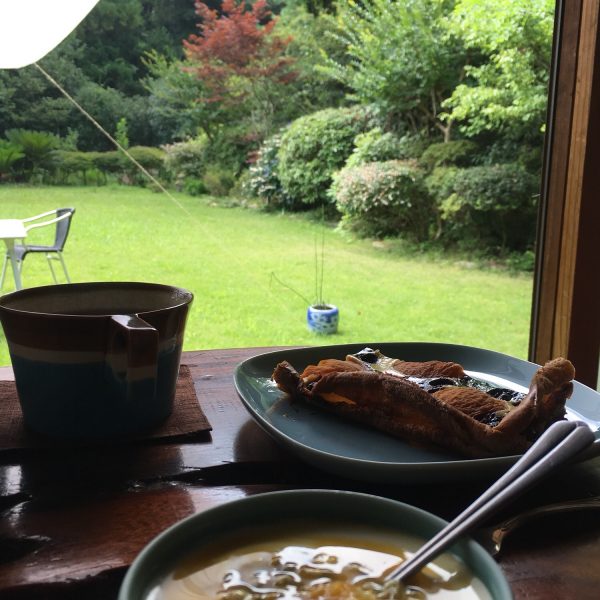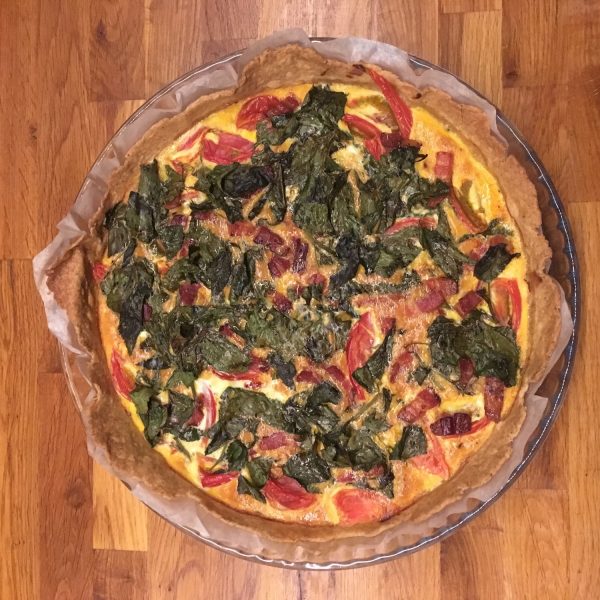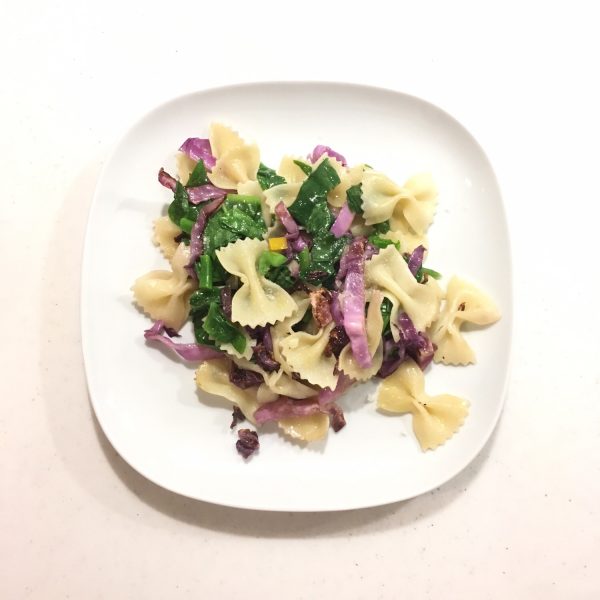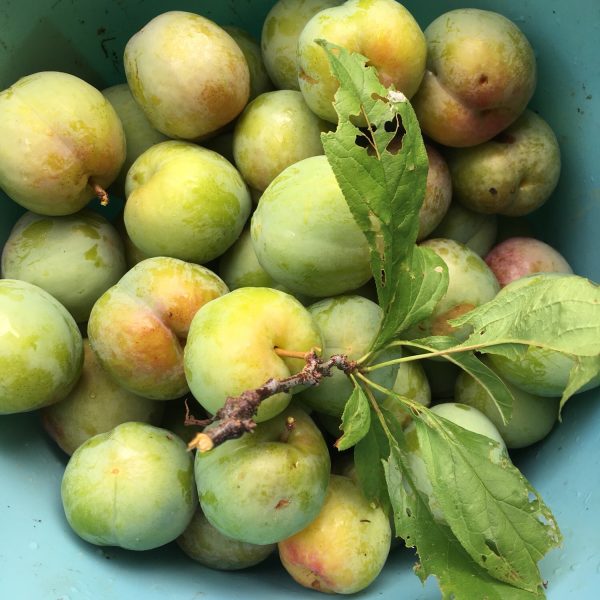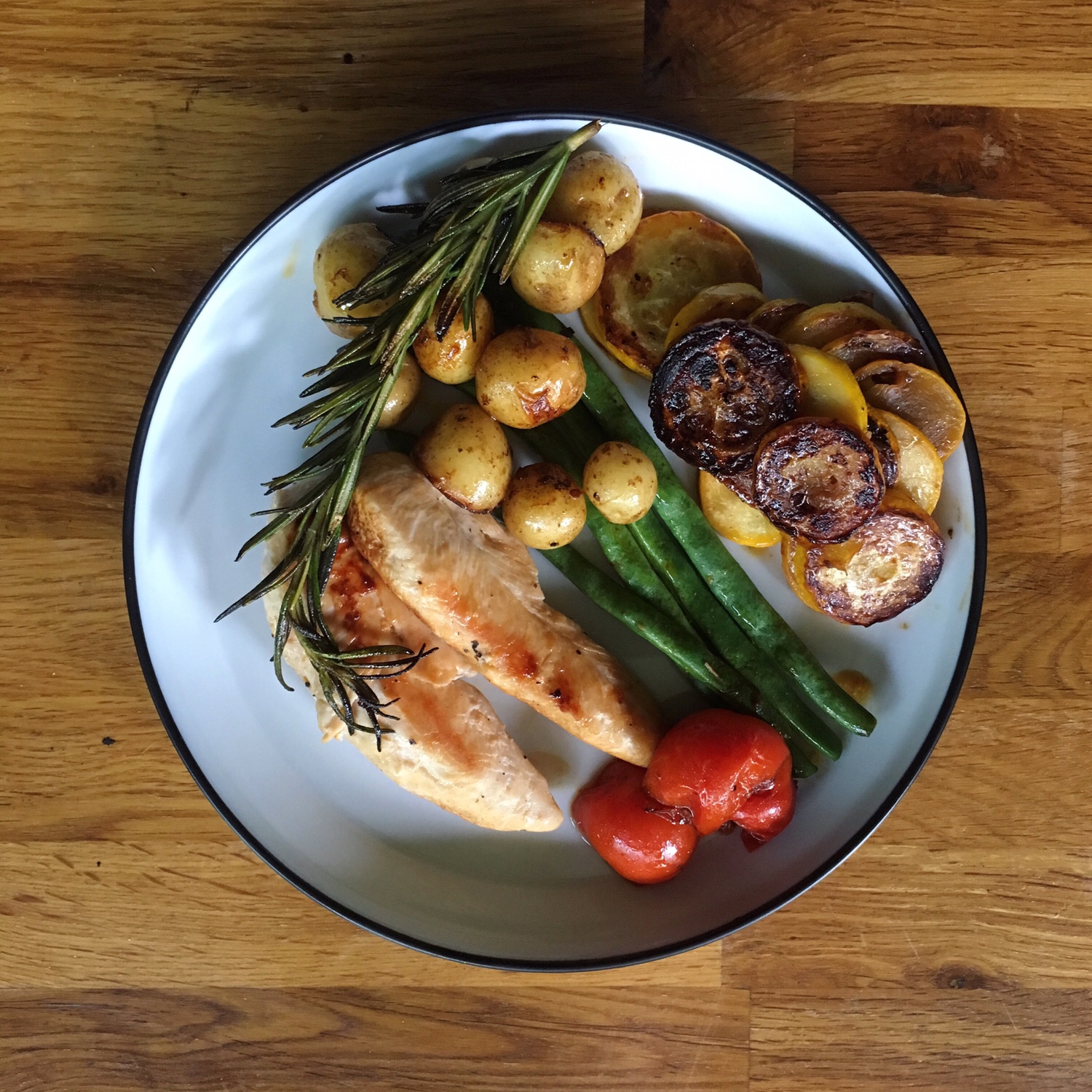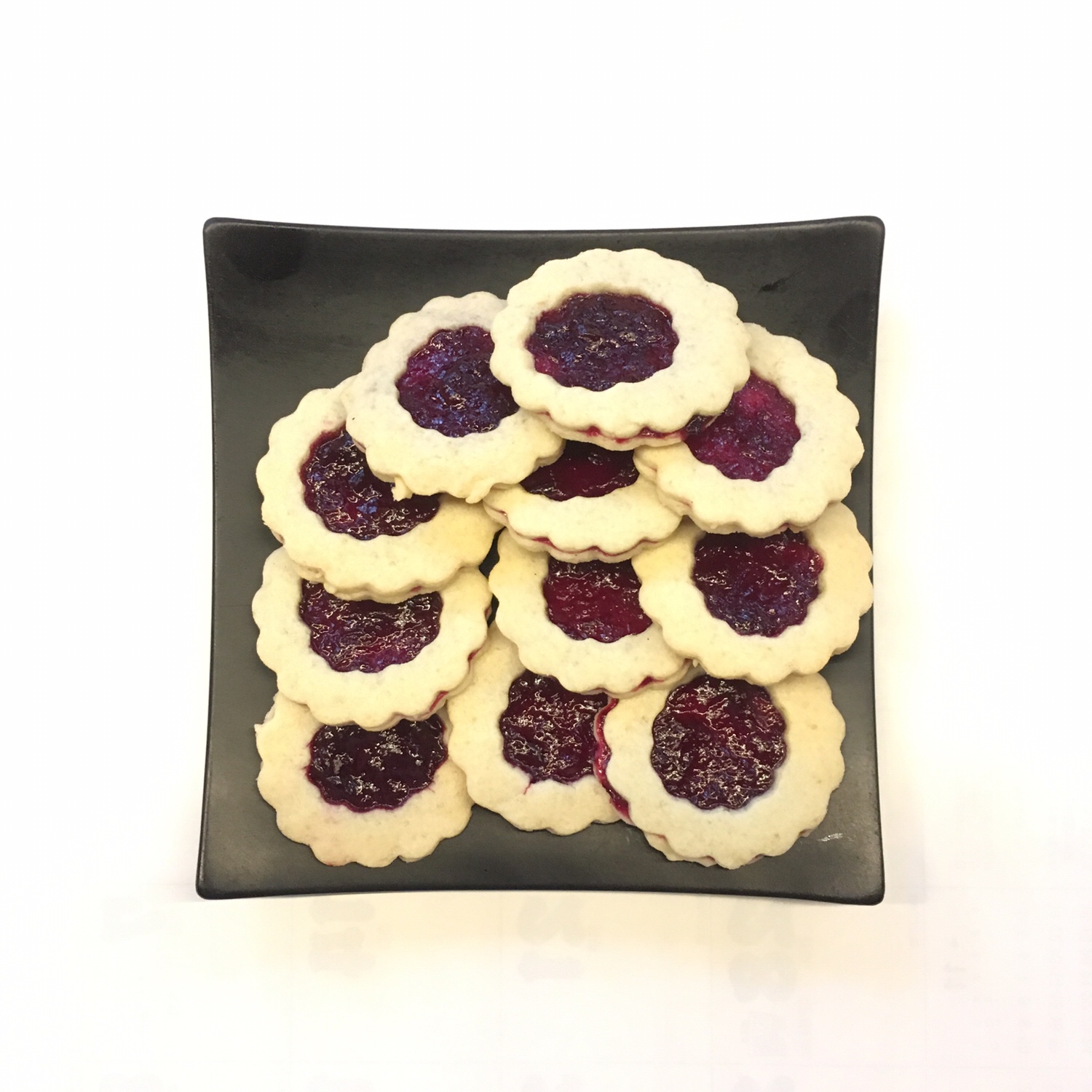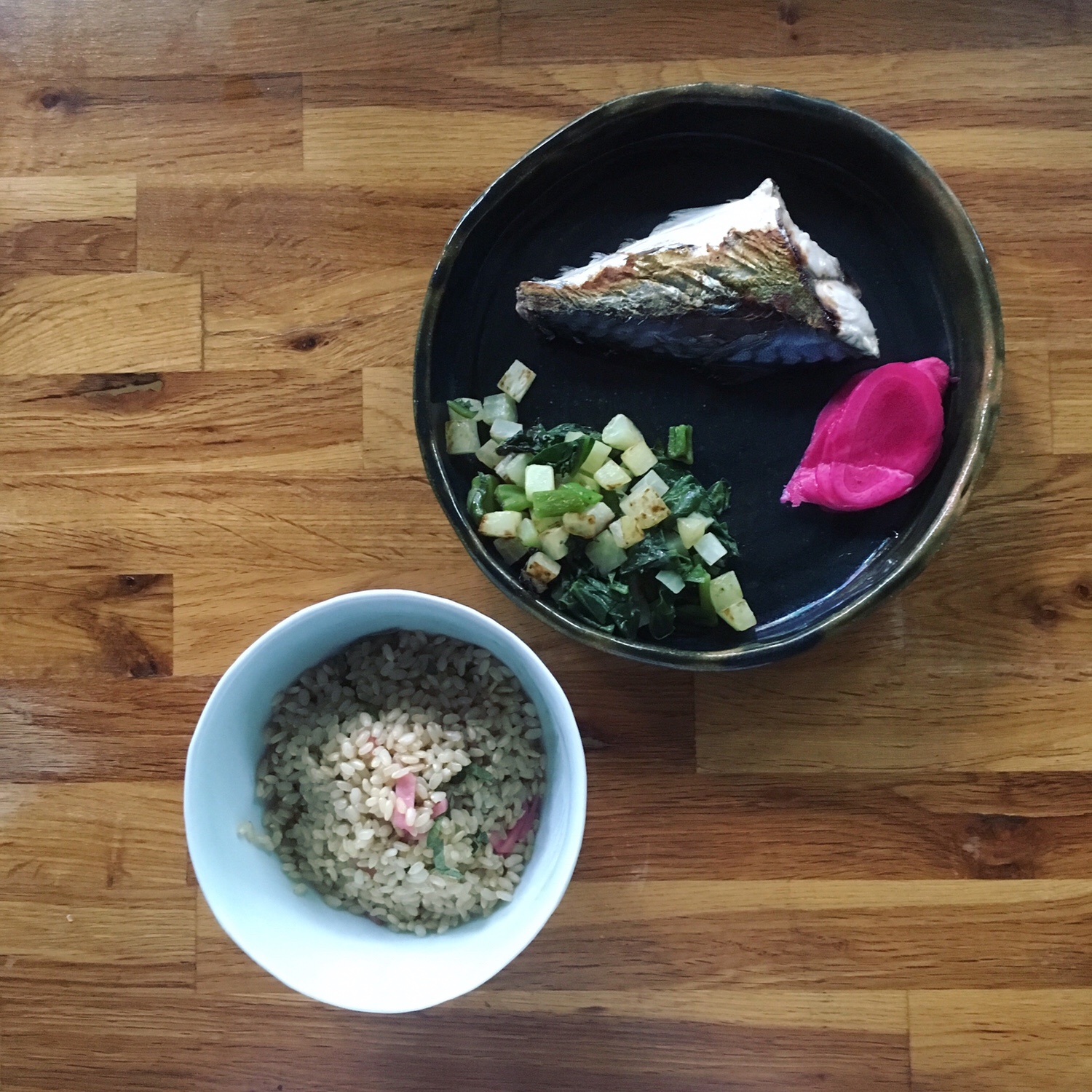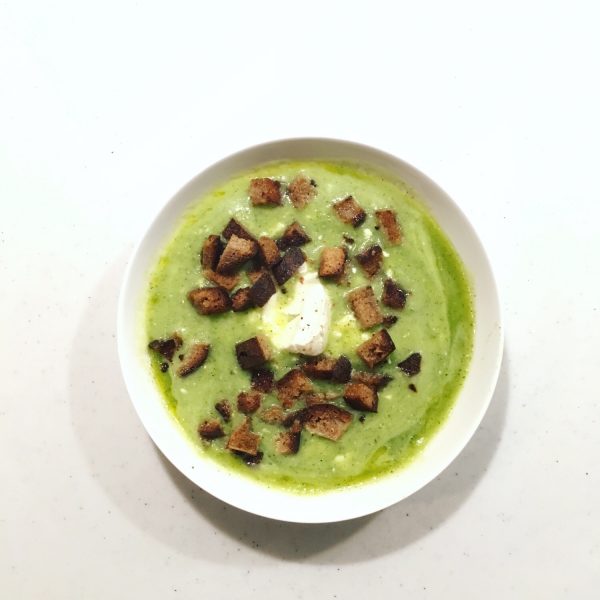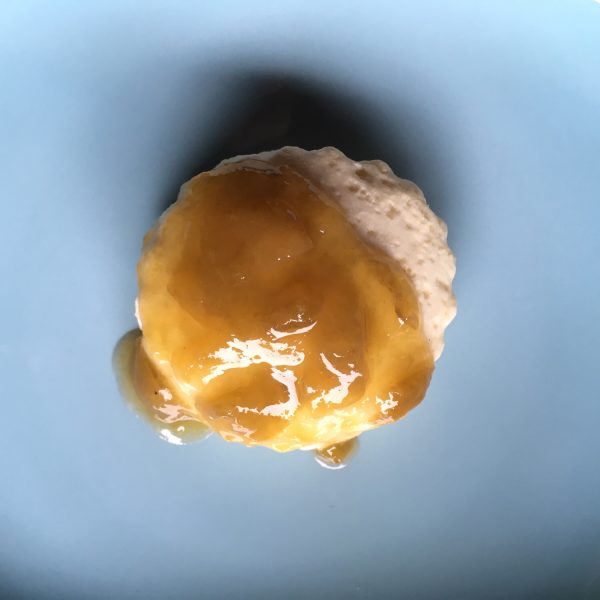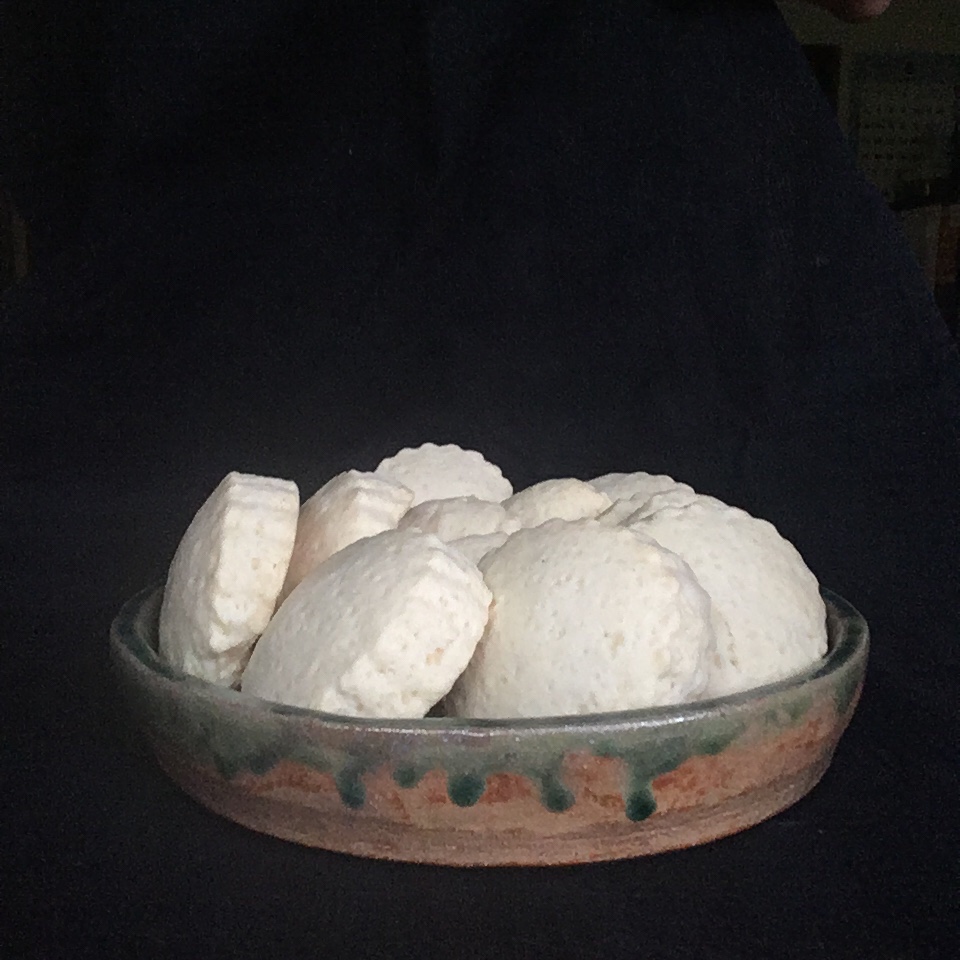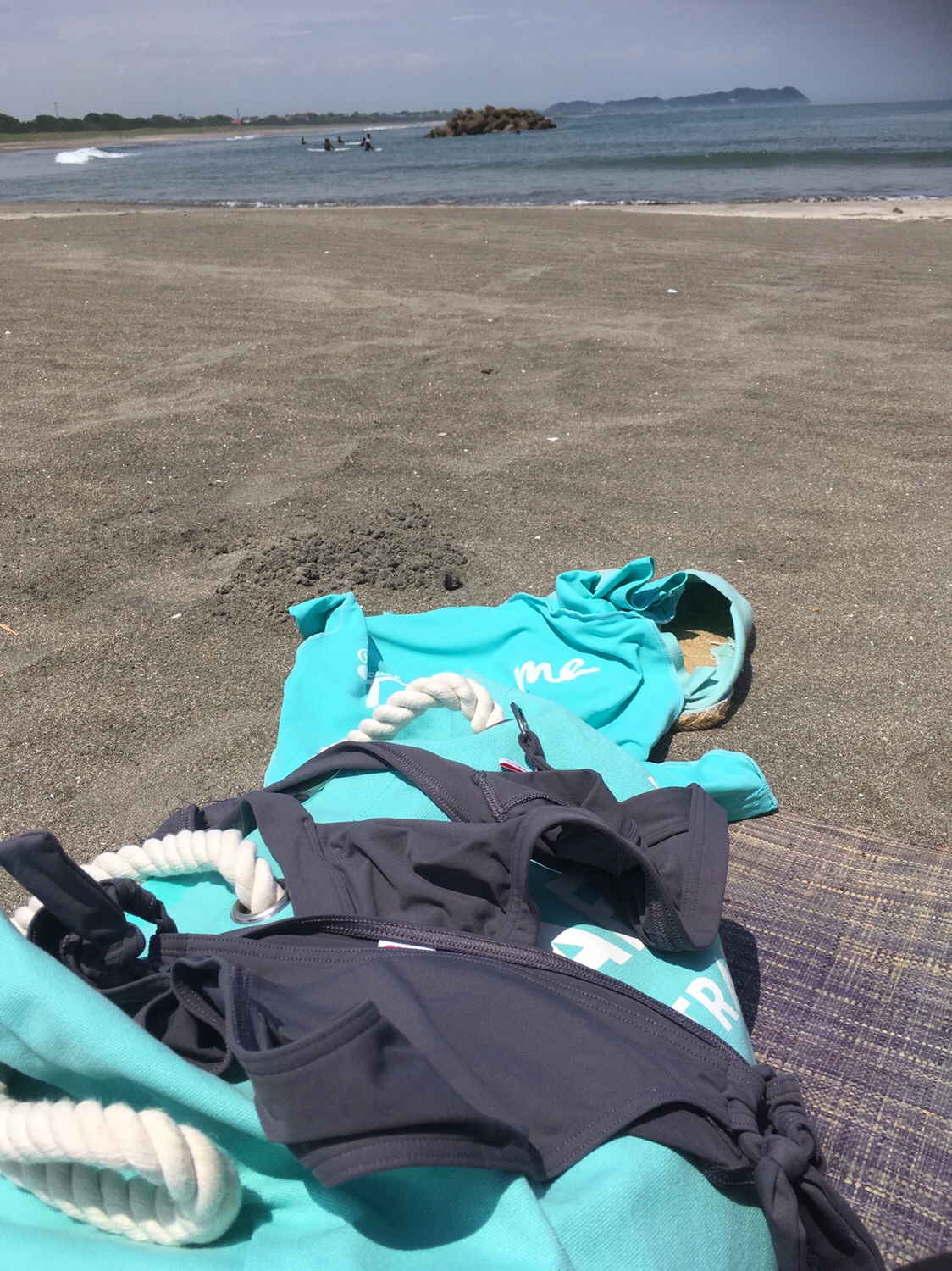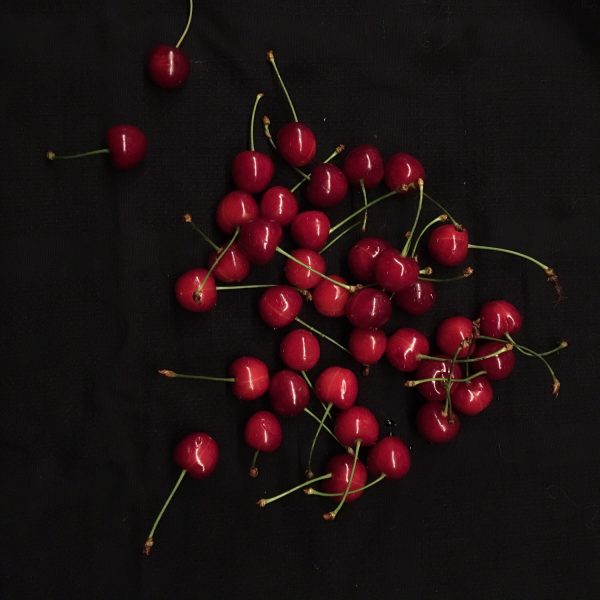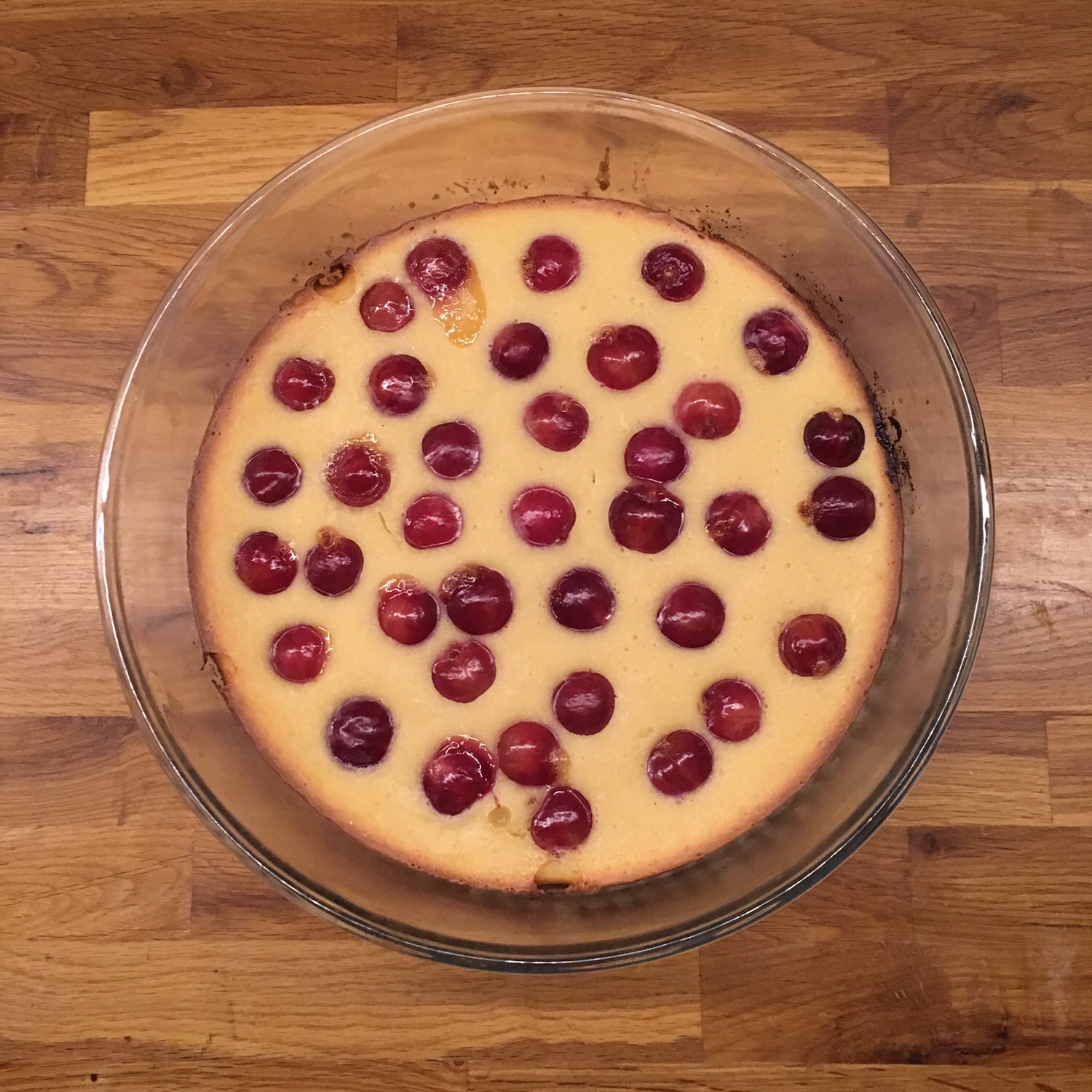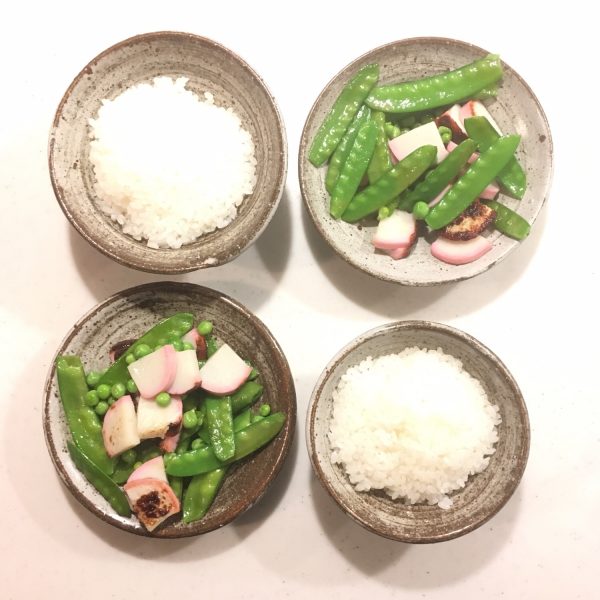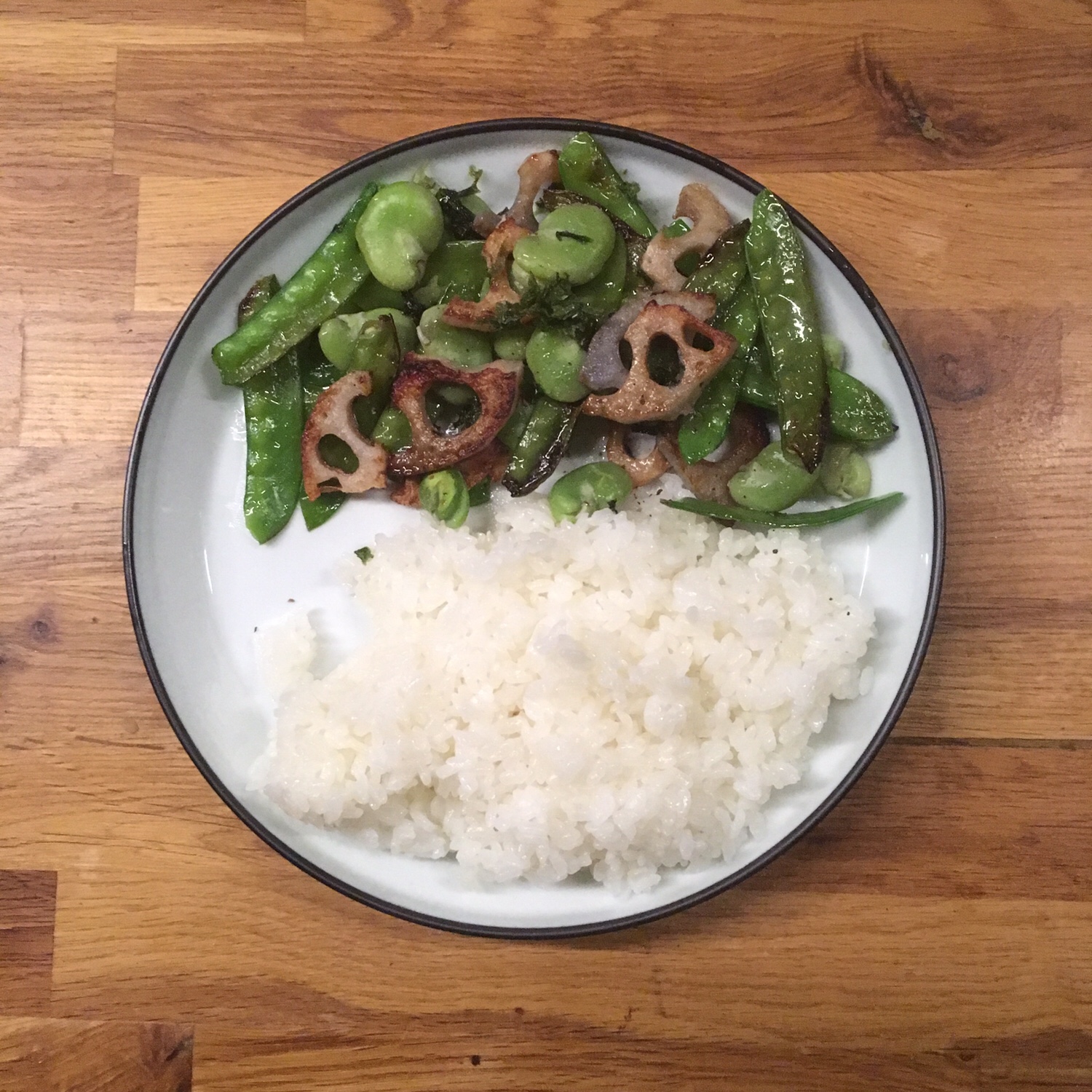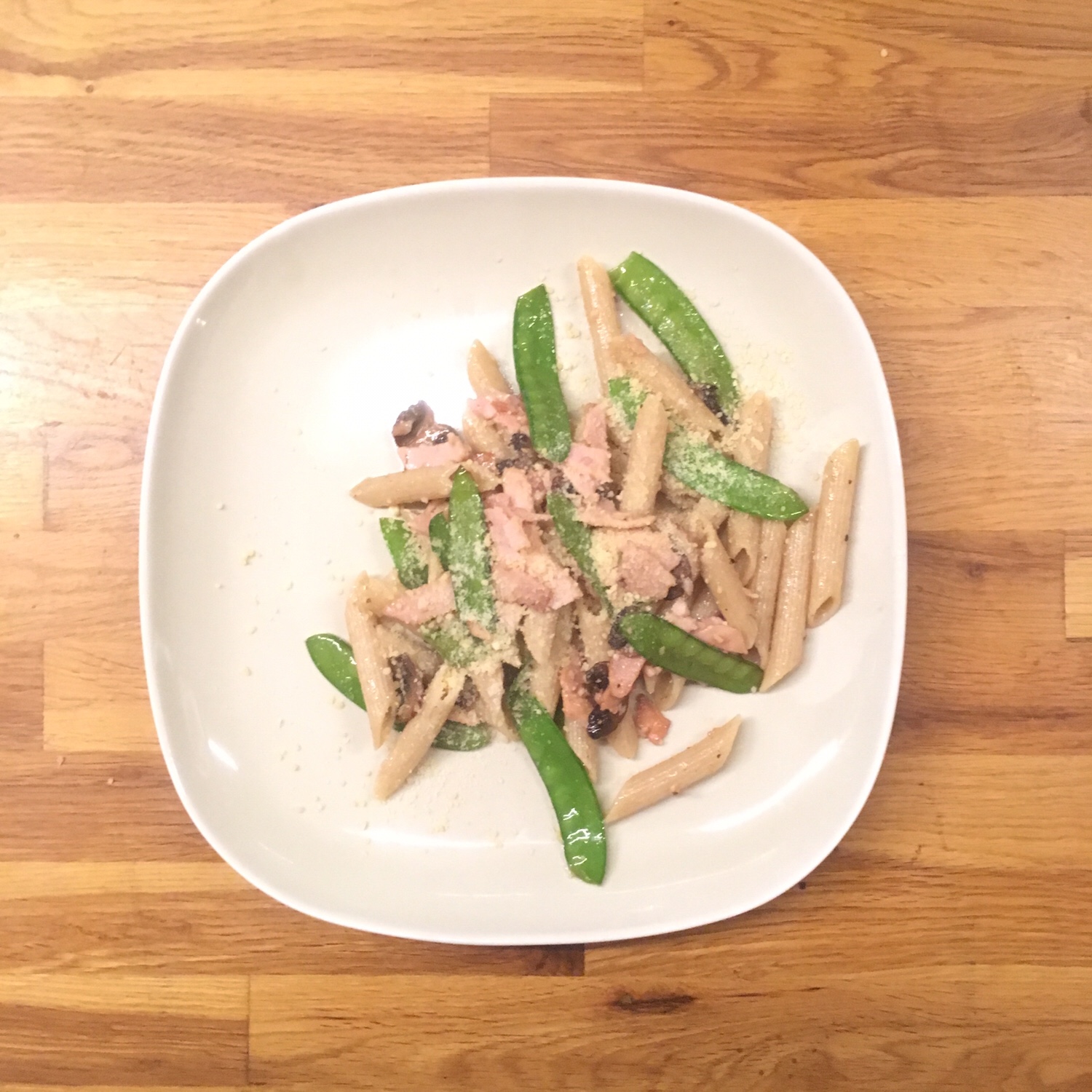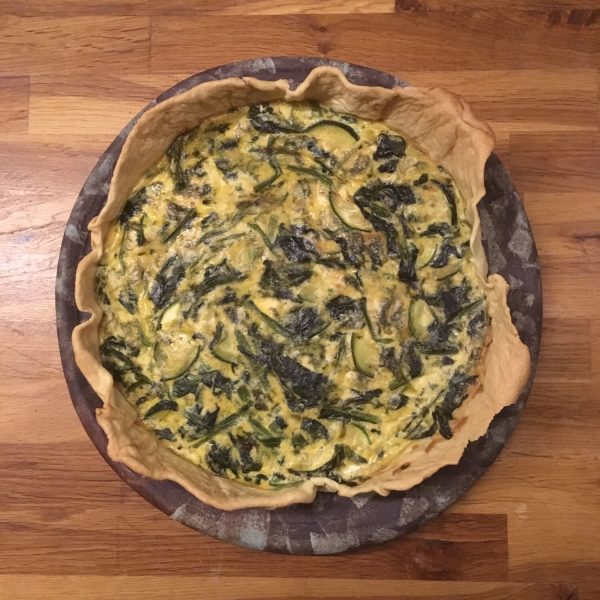I really like that in Japan there is a holiday for the sea day (and now one for the mountain too!!!). I think it is beautiful to celebrate things from the nature that concern everyone and that is not even nationalist. Sea day also marks the debut of the beach season, that lasts only a short month. Beach season meaning that this the time when there are lifeguards and protected swimming areas, and beaches get more crowded (though it has nothing to do with French crowded beaches in the riviera!!!). But for us it means that we avoid the beach between 8:30 and 16:30 and go early in the morning or at dusk when it is much less crowded. And it’s been good this year as it synchronizes with the high tides.
Sea day usually also marks the end of the rainy season but this year actually it was over much before and we’re having a heat stroke earlier than usual. This completely decreases my wish for cooking because all I long for is chilled melon, tropical fruits (they grow delicious passion fruits in Isumi!!!!)… and simple fruits clafoutis.
I found some beautifully ripen apricots from Nagano and plenty of blueberries from Isumi and made a simple clafoutis for our breakfasts that we can eat in looking at the garden or take with us to the beach after our morning swimming and bodyboarding, not that the waves are too good though…
What is your favorite recipe for the hot summer mornings?

